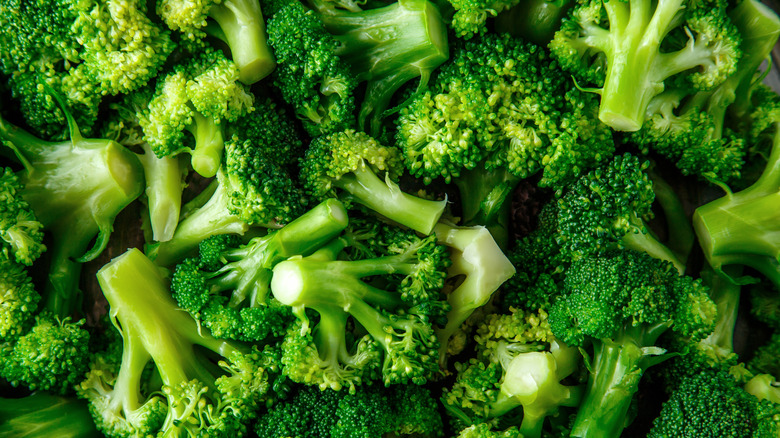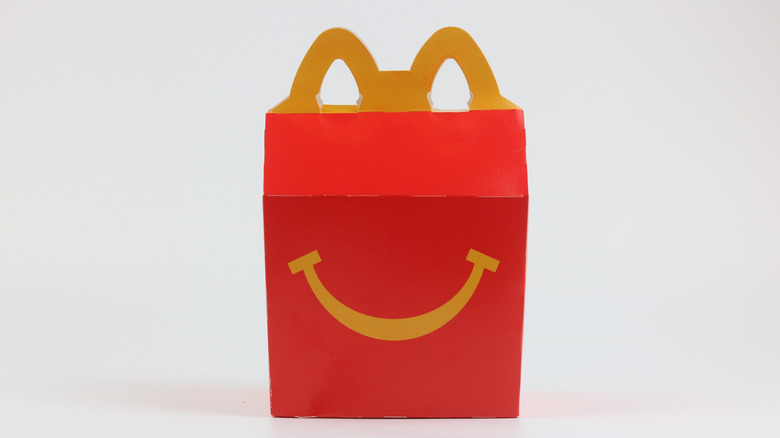McDonald's Bubble Gum Flavored Broccoli Was A Menu Item Misfire
Once upon a time, McDonald's attempted to create bubble gum-flavored broccoli. Yep, you read that correctly. While this fascinating, albeit somewhat eccentric episode in the world of fast-food innovation might sound like an urban legend, it indeed has a basis in reality, showcasing the lengths to which food companies like McDonald's go to make healthier options more appealing to children.
In 2014, McDonald's was facing mounting pressure from health advocates and concerned parents to improve the nutritional quality of its menu, particularly the Happy Meal. Donald Thompson, then-CEO of the fast-food giant, recognized the need to make its offerings more nutritious to combat rising childhood obesity rates and to respond to changing consumer preferences. In their pursuit of healthier alternatives, the company embarked on a mission to create a kid-friendly version of broccoli, a vegetable notoriously unloved by many children.
The idea was simple: if they could make broccoli taste like a favorite childhood treat — bubble gum — kids might be more inclined to choose it over less healthy options.
Bubble gum-flavored broccoli was a Happy Meal flop
To bring this unusual vision to life, McDonald's turned to its research and development team. Food scientists and flavor experts were tasked with developing a broccoli variety that not only had the distinctive taste of bubble gum but also retained the same nutritional value. It was a challenging endeavor as broccoli, a cruciferous vegetable, has a naturally strong and somewhat bitter flavor — quite a far cry from the sugary sweetness of bubble gum.
While this project was seen as an ambitious attempt to make healthier food choices more appealing to children, it was also met with skepticism and raised questions about the wisdom of trying to "trick" kids into eating vegetables. In fact, the focus group subjects were nothing short of confused. Ultimately, McD's candy-flavored broccoli never made it to the chain's menu. The project was eventually shelved, possibly due to insurmountable flavor challenges or concerns about the reception of such a unique product.
In hindsight, the bubble gum-flavored broccoli experiment may have been a quirky footnote in McDonald's history, but it reflects a broader trend in the food industry's efforts to promote healthier eating habits among children. While the idea of broccoli that tastes like bubble gum may sound outlandish, it underscores the ongoing importance — and limitations — of creative thinking and innovation.

